Categories
 Buy Adderall Online
Buy Adderall Online
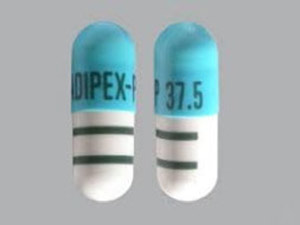 Buy Adipex Online
Buy Adipex Online
 Buy Alprazolam Online
Buy Alprazolam Online
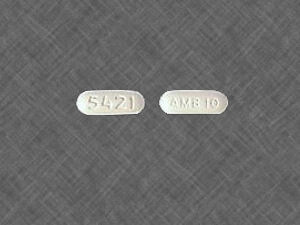 Buy Ambien Online
Buy Ambien Online
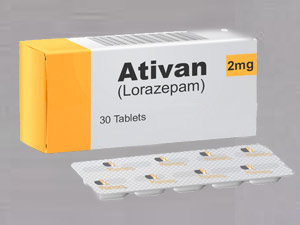 Buy Ativan Online
Buy Ativan Online
 Buy Carisoprodol Online
Buy Carisoprodol Online
 Buy Clonazepam Online
Buy Clonazepam Online
 Buy Codeine Online
Buy Codeine Online
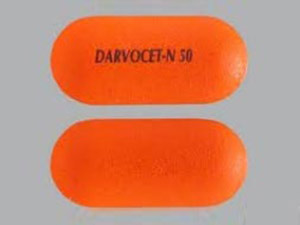 Buy Darvocet Online
Buy Darvocet Online
 Buy Demerol Online
Buy Demerol Online
 Buy Diazepam Online
Buy Diazepam Online
 Buy Dilaudid Online
Buy Dilaudid Online
 Buy Fioricet online
Buy Fioricet online
 Buy Gabapentin Online
Buy Gabapentin Online
 Buy Hydrocodone Online
Buy Hydrocodone Online
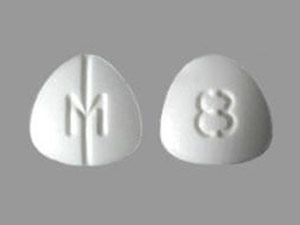 Buy Hydromorphone Online
Buy Hydromorphone Online
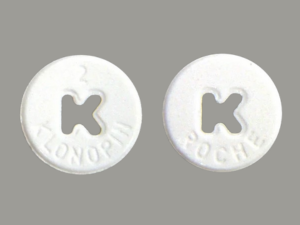 Buy Klonopin Online
Buy Klonopin Online
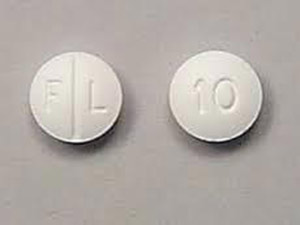 Buy Lexapro Online
Buy Lexapro Online
 Buy Lorazepam Online
Buy Lorazepam Online
 Buy Lorcet Online
Buy Lorcet Online
 Buy Lortab Online
Buy Lortab Online
 Buy Meridia Online
Buy Meridia Online
 Buy Methadone Online
Buy Methadone Online
 Buy Modafinil Online
Buy Modafinil Online
 Buy Norco Online
Buy Norco Online
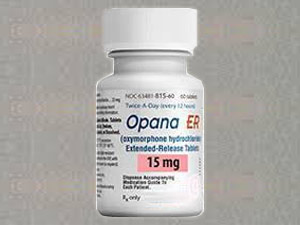 Buy Opana ER Online
Buy Opana ER Online
 Buy Oxycodone Online
Buy Oxycodone Online
 Buy Oxycontin Online
Buy Oxycontin Online
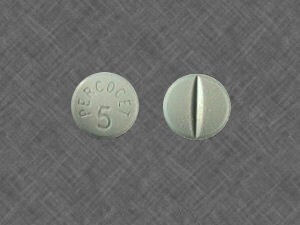 Buy Percocet Online
Buy Percocet Online
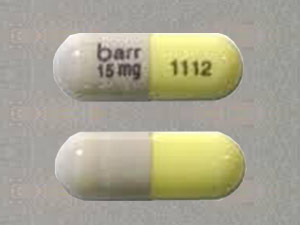 Buy Phentermine Online
Buy Phentermine Online
 Buy Roxicodone Online
Buy Roxicodone Online
 Buy Soma Online
Buy Soma Online
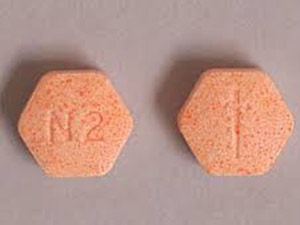 Buy Suboxone Online
Buy Suboxone Online
 Buy Subutex Online
Buy Subutex Online
 Buy Tapentadol Online
Buy Tapentadol Online
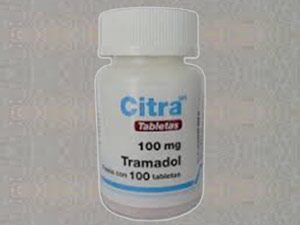 Buy Tramadol Online
Buy Tramadol Online
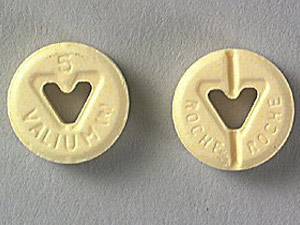 Buy Valium Online
Buy Valium Online
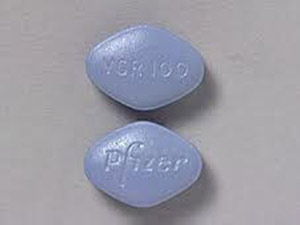 Buy Viagra Online
Buy Viagra Online
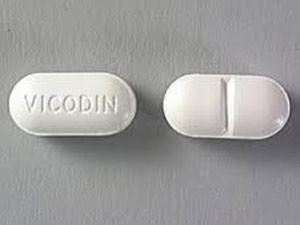 Buy Vicodin Online
Buy Vicodin Online
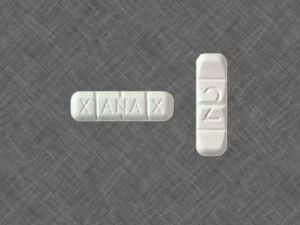 Buy Xanax Online
Buy Xanax Online
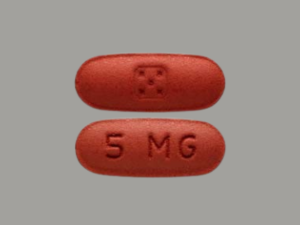 Buy Zolpidem Online
Buy Zolpidem Online

Products
-
 Tapentadol 100mg
Rated 5.00 out of 5$350.00
Tapentadol 100mg
Rated 5.00 out of 5$350.00 -
 Modafinil 200mg
Rated 5.00 out of 5$369.00
Modafinil 200mg
Rated 5.00 out of 5$369.00 -
 Modafinil 100mg
Rated 5.00 out of 5$349.00
Modafinil 100mg
Rated 5.00 out of 5$349.00 -
 Klonopin 2mg
Rated 5.00 out of 5$339.00
Klonopin 2mg
Rated 5.00 out of 5$339.00 -
 Klonopin 1mg
Rated 5.00 out of 5$329.00
Klonopin 1mg
Rated 5.00 out of 5$329.00
Recent Posts
- Relief From Kidney Stone Pain – Effective Strategies And Solution
- Best Nerve Pain Medication for the Elderly
- Sleep habits and their effects on human brain activity
- Does drinking more water help you lose weight?
- Alprazolam for anxiety benefits and risk
- Tramadol vs Dilaudid – Which is the best for severe pain
- How Long Does Hydromorphone Stay in Your System?
- How to spot fake Xanax (alprazolam) pills
- Does Suboxone help with pain?
- How to know if green Xanax s 90 3 pill is fake?
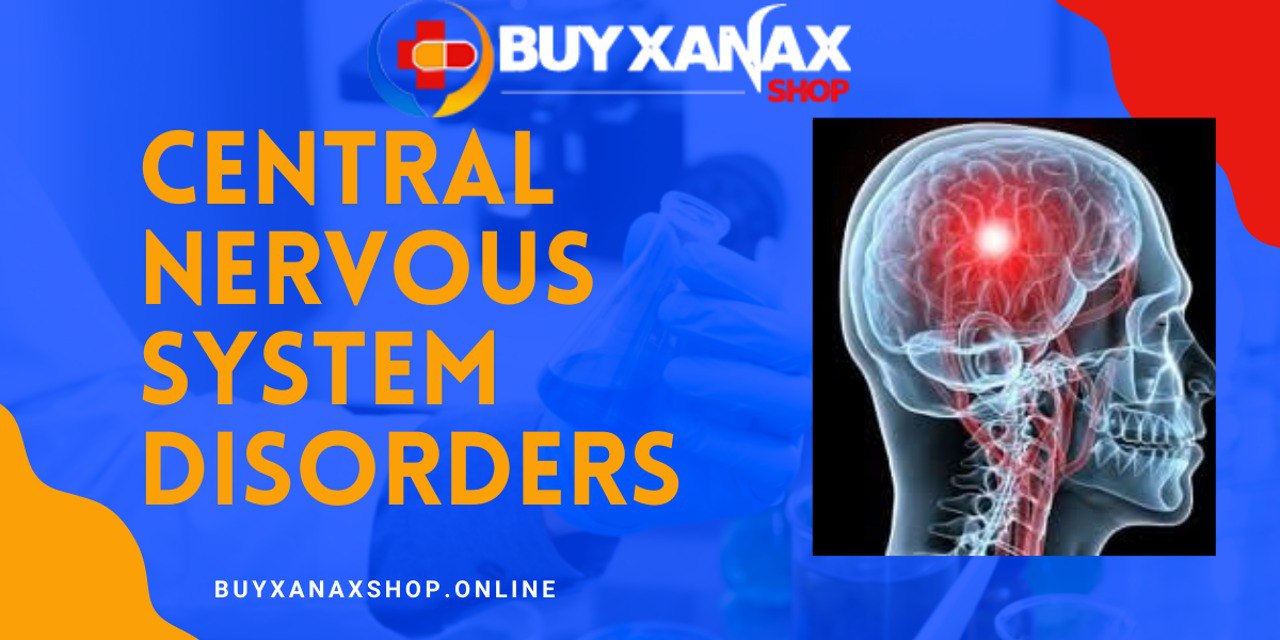
Table of Contents
What is the central nervous system (CNS)?
The central nervous system, also called CNS, comprises the brain and spinal cord, where the brain controls bodily functions, and the spinal cord carries back and forth between the brain and peripheral nerves. The spinal cord is attached to the brainstem and runs through the spinal canal. The brain is responsible for movements, sensations, thoughts, etc., while the spinal cord controls certain reflex movements without the brain’s interference.
Brain: It is an organ that is responsible for every movement in the body and acts as the center of the central nervous system. It is the most important and most complex organ in vertebrates. A human brain consists of billions and billions of neurons that help to send signals throughout the body.
Spinal cord: Spinal cord is a long bundle of nerves and cells that extend from the upper back to the lower back. It is responsible for sending signals across the body.
What is Central nervous system disorder?
Central nervous-system disorders are neurological disorders that affect the structure and functioning of the brain and spinal cord, collectively called the central nervous system. The common neurological disorders include Attention deficit hyperactivity disorders, autism, addiction, seizures, catalepsy, migraine.
Meningitis, Locked-in syndrome, Tourette’s, brain tumor, myelopathy are also a few examples of CNS disorders.
Different types of Central nervous-system Disorders
The following are different types of central nervous system disorders that affect the structure and functioning of the brain and spinal cord.
- Attention deficit hyperactivity disorder: It is a behavioral and neurodevelopmental disorder that makes an individual impulsive and hyperactive. Individuals affected with ADHD face difficulty while concentrating and following instructions. ADHD causes due to structural and chemical imbalance in the brain. It is one of the dangerous neurological disorders that affect the performance of an individual at school, college, or the workplace.
- Autism: It is a type of neurodevelopmental disorder causing restricted and repetitive behavior patterns. People affected with this disorder find it difficult to communicate and interact socially.
- Addiction: Addiction is a brain reward system disorder caused due to transcriptional and epigenetic mechanisms.
- Seizures: Seizures are the most dangerous and fatal central nervous system disorder caused due to unusual electrical activities in the brain. According to the neurologist, Seizures result from hypersynchronous, excessive, and abnormal neuronal activity in the brain.
- Catalepsy: It is a type of CNS disorder that causes muscular rigidity and immobility and decreases sensitivity to pain.
- Migraine: It is a neurological disease that causes moderate to severe headaches.
- Meningitis: Meningitis causes inflammation and swelling in the membranes of the brain and spinal cords. Some common symptoms of meningitis are fever, stiff neck, vomiting, bacterial or viral infections.
- Locked-in syndrome: Locked-in syndrome damage the brainstem. In locked-in syndrome, facial muscles get paralyzed, but the consciousness remains.
- Brain tumor: It is also a dangerous central nervous system disorder that can be treated only after surgery.
- Tourette’s: Tourette’s is one of the inherited central nervous system disorders that can include the symptoms of obsessive-compulsive disorder and attention deficit hyperactivity disorder.
- Myelopathy: Injury in the spinal cords is referred to as myelopathy. Trauma, congenital stenosis, degenerative disease are common causes of myelopathy (injury to the spinal cord)
The given list of CNS disorders is not exhaustive but inclusive instead.
Sign, symptoms, and causes of central nervous-system disorders
Every central nervous system disorders have different signs and symptoms, but some common symptoms of all CNS disorders are continuous headache, body aches, difficulty while concentrating, memory loss, tremors, etc. Seizures, paralysis, slurred speech, and coordination loss are also signs of CNS disorders.
What causes central nervous system disorders is still a question to answer, but some common causes of central nervous system disorders are:
Trauma: It is a traumatic brain injury, also known as spinal injury, that causes a wide spectrum of disabilities to a person. The disorder can be anticipated only after diagnosing the brain or spinal cord section suffered from the trauma.
Infection: Infections can be of several types and directly affect your brain and spinal cord. Infections can cause due to invasion of microorganisms.
Degeneration: It causes loss of spine function.
Structural defects: Congenital disabilities, spinal Bifida, hypospadias are some common structural defects causing CNS disorder. Persons born with structural defects may have heat issues, malformed limbs, and facial abnormalities.
CNS tumors: Tumor can be best described as the abnormal growth of body tissues. Initially, tumors can be noncancerous, but with the passing time, they become malignant, which can turn into cancer.
Autoimmune disorders: In autoimmune disorders body’s immunity system starts attacking the healthy body tissues.
Strokes: Stroke means sudden interruption of blood supply to the brain and nervous system. Stroke causes due to blocked blood vessels or ruptured blood vessels.
Related treatment
There is a wide range of central-nervous system disorders treatments, starting from behavioral therapies to complex surgeries. A doctor always initiates the treatment of CNS disorders using medicines and further changes the treatment process as per the situation. According to neuroradiology, the following are some common CNS:
Interventional neuroradiology: In this treatment, a tiny flexible tube is inserted into the brain’s blood vessels. This method treats strokes caused due to blood vessels disorders. It is effective in treating stroke.
Microsurgery: In microsurgery, very small instruments and microscope is used to operate the brain.
Stereotactic radiosurgery: It treats several types of nervous-system disorders. Stereotactic radiosurgery can help to get a high-power X-ray of the small area of the body without damaging the brain’s tissues.
Some other common treatments of CNS also include Medications, deep brain stimulation, spinal cord stimulation, neurorehabilitation, spinal surgeries.
Written by Judy Francis
1 thoughts on “Central nervous system disorders”
-
Pingback: Anonymous
Leave a Reply Cancel reply
Coupon Code
Use Coupon CodeSALE10
Product Categories
- Buy Adderall Online
- Buy Adipex Online
- Buy Alprazolam Online
- Buy Ambien Online
- Buy Ativan Online
- Buy Carisoprodol Online
- Buy Clonazepam Online
- Buy Codeine Online
- Buy Darvocet Online
- Buy Demerol Online
- Buy Diazepam Online
- Buy Dilaudid Online
- Buy Fioricet online
- Buy Gabapentin Online
- Buy Hydrocodone Online
- Buy Hydromorphone Online
- Buy Klonopin Online
- Buy Lexapro Online
- Buy Lorazepam Online
- Buy Lorcet Online
- Buy Lortab Online
- Buy Meridia Online
- Buy Methadone Online
- Buy Modafinil Online
- Buy Norco Online
- Buy Opana ER Online
- Buy Oxycodone Online
- Buy Oxycontin Online
- Buy Percocet Online
- Buy Phentermine Online
- Buy Roxicodone Online
- Buy Soma Online
- Buy Suboxone Online
- Buy Subutex Online
- Buy Tapentadol Online
- Buy Tramadol Online
- Buy Valium Online
- Buy Viagra Online
- Buy Vicodin Online
- Buy Xanax Online
- Buy Zolpidem Online
